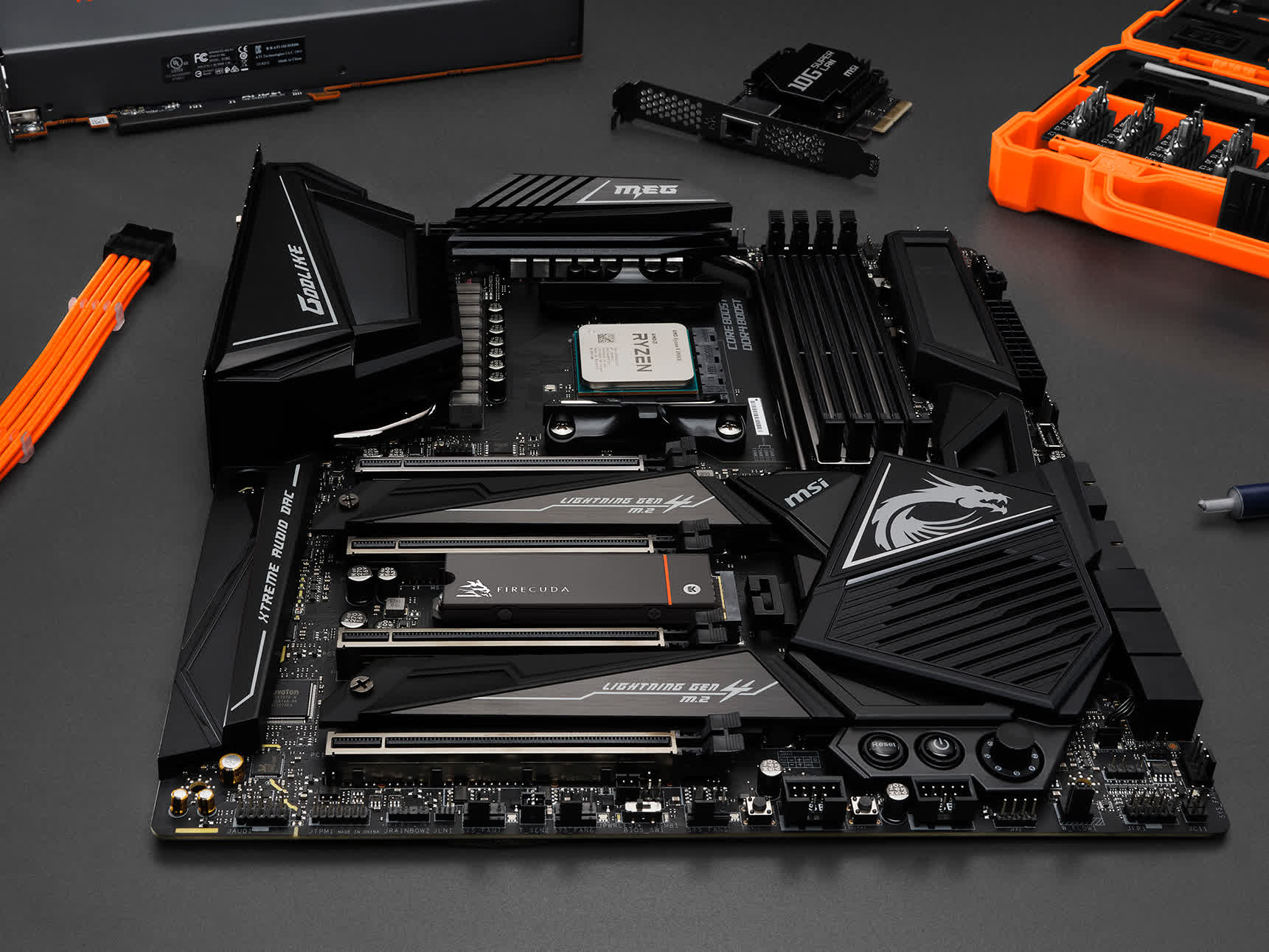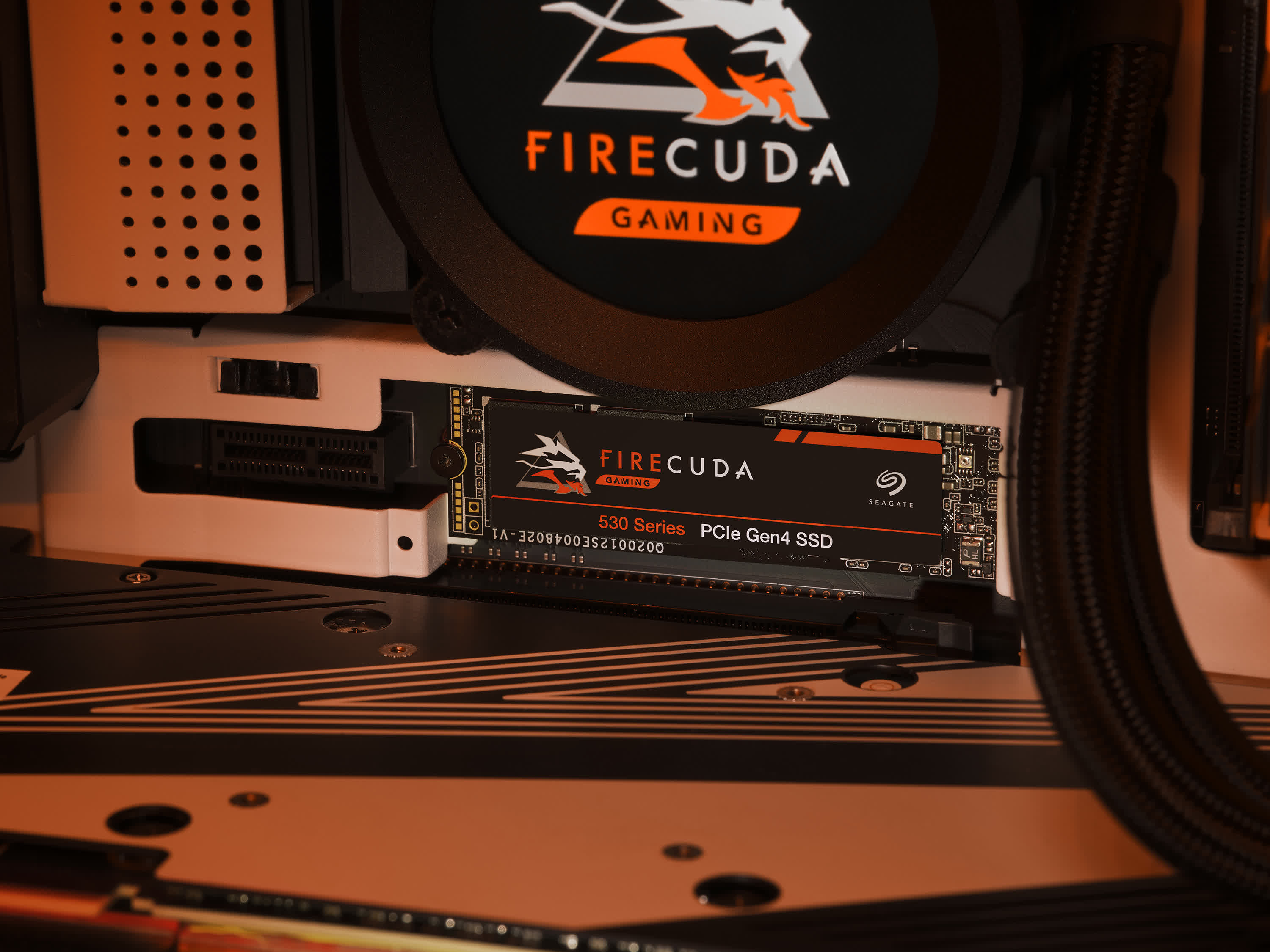In brief: Seagate's new flagship gaming SSD is the FireCuda 530 series, which the company says can reach sequential read speeds of up to 7,300MB/s. The PCIe Gen 4 drive starts at $140 for the non-heatsink version and is launching in four storage capacities: 500GB, 1TB, 2TB and 4TB.
The new FireCuda 530 SSD might be a bit late to the party, but its officially rated performance of 7,300MB/s reads and 6,900MB/s writes put it slightly ahead of rivals from Sabrent and Samsung. It's a miniscule lead that most users (casual and enthusiast) will hardly notice in day-to-day use, but a new entrant in the high-performance storage category is certainly good news for consumers.
Seagate's M.2 PCIe Gen 4 drive employs Micron's 3D TLC NAND with pseudo SLC caching support and Phison's E18 controller. As expected, the lesser capacity versions of the drive offer slower transfer speeds and write endurance for a lower price tag.
|
|
Max Read (MB/s) | Max Write (MB/s) | 4KB Random Read/Write (IOPS) | Endurance Rating (TBW) |
|
| 500 GB | 7,000 | 3,000 | 400,000 / 700,000 | 640 | 5.8W / 14mW / <5mw |
| 1 TB | 7,300 | 6,000 | 800,000 / 1 million | 1,275 | 6.5W / 16mW / <5mw |
| 2 TB | 7,300 | 6,900 | 1 million / 1 million | 2,550 | 8W / 24mW / <5mw |
| 4 TB | 7,300 | 6,900 | 1 million / 1 million | 5,100 | 8.4W / 25mW / <5mw |
All versions have a Mean Time between Failures (MTBF) rating of 1.8 million hours and are offered with a 5-year limited warranty and three years of Seagate's Data Rescue Services.
There's also a heatsink variant of the drive that sports a sleek aluminum block designed by EKWB. It has a slightly larger footprint overall and costs more than the standard drive but is otherwise identical in terms of performance specs.

Seagate will ship the drive this summer, with prices starting from $140 (500GB), $240 (1TB), $490 (2TB) and $950 (4TB). The heatsink adds $20 more to the price tag for lower-end models (500GB and 1TB), and $50 more for the 2TB and 4TB versions.
